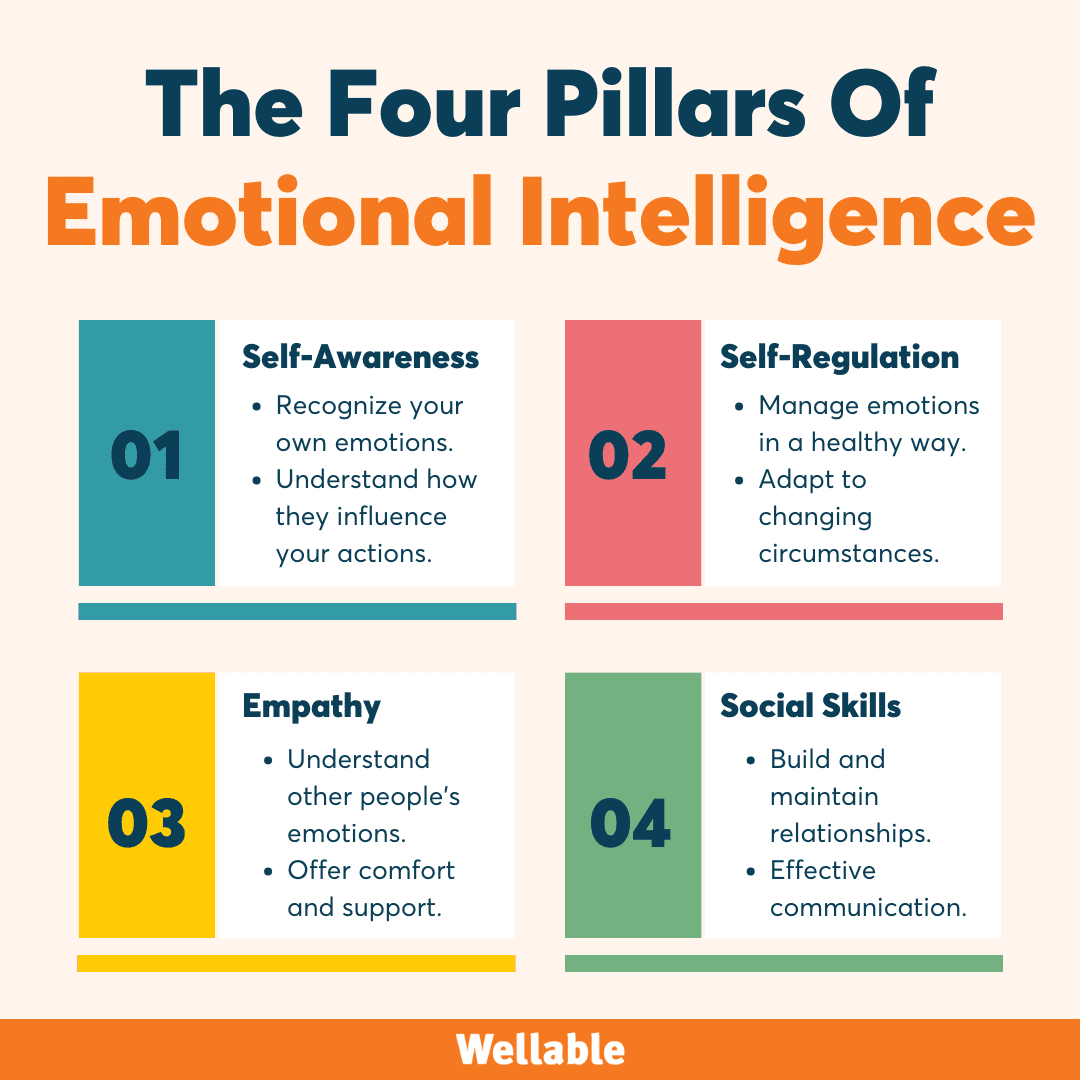Causes and Impact of Affective Conflict
It is important to manage the causes and impact of affective conflict for a more productive workplace. Have you ever been in an argument where voices get loud, hurtful words are said, and reaching a solution feels impossible? This is likely a prime example of affective conflict, fueled by strong emotions.
Conflict is an inevitable part of any workplace or environment, and among the various types of conflicts that can arise, affective conflict stands out due to its emotional and interpersonal nature. But how one analyzes its causes and manages its impact for the short or long run can result in better relationships at work and at home.
Affective conflict occurs when disagreements are driven by personal emotions and interpersonal relationships rather than the tasks at hand. It is characterized by feelings of anger, frustration, and other intense emotions, often leading to personal clashes rather than constructive debate. Unlike cognitive conflict, which is task-oriented and can promote innovation and problem-solving, affective conflict tends to be detrimental, creating a toxic work environment and hindering productivity.
Affective conflict isn’t just limited to work scenarios. We experience it in our personal relationships, and even in online interactions. Unresolved affective conflict can have a significant negative impact hence it is important to analyze and resolve such conflicts.
Causes of Affective Conflict
1. Interpersonal differences:
Affective conflict often arises from personality clashes and differing values. For example, in a workplace, a detail-oriented team member may conflict with a colleague who prefers a more flexible and quick approach. These differences can lead to misunderstandings and emotional disagreements, especially when there is a lack of appreciation for diverse working styles.
2. Communication issues:
Poor communication skills are a key contributor to affective conflict. When words and actions are misinterpreted by partners, or colleagues, it leads to hurt feelings and emotional reactions. For instance, an email sent to a team member can be misunderstood due to the tone used.
3. Environmental factors:
Tight deadlines, resource constraints, and the constant push for efficiency can create a pressure-cooker atmosphere, where even minor disagreements can quickly escalate into significant conflicts. These high-stress environments and external pressures can cause affective conflict.
4. Past experiences:
Unresolved past conflicts and negative interactions can resurface, causing affective conflict. If colleagues/partners have had previous disagreements that were never adequately addressed, these issues can linger and ignite future emotional disputes.
Impacts of Affective Conflict
Affective conflict takes a significant emotional toll on individuals. Feelings of frustration, anger, and sadness can arise, impacting one’s mental well-being. For instance, constant bickering with a colleague can lead to stress, anxiety, and burnout. When it is not properly addressed, it leaves such people feeling overwhelmed and depleted, affecting their overall health and well-being.
Affective conflict in interpersonal relationships breaks trust and respect, making ease of interaction difficult. Let’s look at it from a family setting, when both parents have ongoing emotional disputes over a matter, it can create lasting rifts that affect the harmony and connection among family members.
Affective conflict also leads to decreased productivity and performance, especially in the workplace; when team members are caught in emotional disputes, their focus shifts from the task to the conflict, stalling progress and efficiency.
Recognizing and Understanding Affective Conflict
Identifying affective conflict is crucial for timely intervention. Signs include avoidance, hostility, emotional outbursts, and a prevalent sense of tension. For instance, when both parties involved start avoiding each other or reacting defensively to simple requests, it’s a clear indication of underlying affective conflict.
Once the conflict has been detected, its causes and consequences have to be properly understood so it can be resolved amicably. After understanding these, one must deploy effective strategies to manage the situation so that the threatened relationships of the concerned parties can be salvaged.
Encouraging self-reflection helps individuals recognize their own contributions to the conflict and the emotions driving their reactions.
Strategies for Managing and Resolving Affective Conflict
Conflicts cannot be avoided totally but they can be managed.
Here are some ways to manage and minimize affective conflict:
1. Effective communication
Improving communication skills will help resolve affective conflict. Active listening, clear articulation, and constructive feedback are what help to have a smooth conversation and resolve conflicts more easily.
Both parties should be able to express themselves in a respectable manner and tone so as not to make matters at hand worse.
2. Empathy and understanding
It is crucial to understand and acknowledge the emotions of others as this fosters a sense of connection and reduces hostility. For instance, expressing empathy by saying, “I understand why you feel this way,” can help bridge an emotional divide. One can only do this by developing emotional intelligence.

Source: wellable
Emotional intelligence as cited by Hadrat Ajao in her article on affective conflict is the ability to manage your emotions positively during stress, empathize with others, and defuse conflict. Techniques such as deep breathing, taking breaks, and mindfulness can help individuals stay calm and composed. For example, stepping away from a heated conversation to collect your thoughts can prevent escalation and promote a more rational discussion.
3. Mediation and negotiation
When conflict does arise, there are techniques for resolving it constructively. Mediation and negotiation are some of these effective techniques. In mediation, a neutral third party helps facilitate a constructive dialogue, ensuring both parties feel heard and understood. Sometimes, the perspective of an outsider is needed to calm the situation. Negotiation involves finding a mutually acceptable solution, focusing on common ground rather than differences.
4. Setting boundaries
Establishing clear policies and boundaries can also prevent affective conflict. This includes setting guidelines for interactions, reporting conflicts, respecting personal space and preferences helps minimize emotional disputes. Such simple steps help to resolve misunderstandings and emotional reactions.
5. A supportive environment
There should be a level of respect among colleagues, learning to appreciate each other’s point of view and values, recognizing everyone as equal, and learning the value of long-term relationships will help parties involved look past their issues and make peace knowing fully well that their actions will affect the team.
However, conflicts shouldn’t be seen as entirely negative. When managed effectively, conflicts can become valuable learning opportunities and bring about insights into a situation. It is widely said that prevention is better than cure right? Then, let’s look at three (3) measures we can take to prevent affective conflict.
Prevention of Affective Conflict
1. Building strong relationships:
When strong bonds have been created, it reduces the likelihood of affective conflict. Building trust, showing appreciation, and maintaining open communication creates a supportive environment.
2. Leadership role modeling:
Leaders play a critical role in preventing affective conflict by modeling appropriate behavior. Leaders who demonstrate effective communication, empathy, and conflict resolution set the tone for the rest of the organization.
3. Regular check-ins:
Regular check-ins provide an opportunity to address issues before they escalate. In a workplace, team meetings are avenues to discuss progress, and challenges, and feedback can help identify potential conflicts early. Similarly, in personal relationships, regular conversations about feelings and expectations can prevent misunderstandings.
Conclusion
When affective conflict occurs, the focus shifts from professional challenges to personal and emotional disputes. Parties begin to criticize each other’s life choices and preferences rather than addressing the task at hand. It harms mental well-being, strains relationships, and hinders productivity. Recognizing signs like avoidance and hostility is good as to resolve these issues on time, and promoting a team culture that emphasizes effective communication, mutual respect, emotional intelligence, and appreciation for diverse perspectives helps to transform conflicts into constructive experiences.
